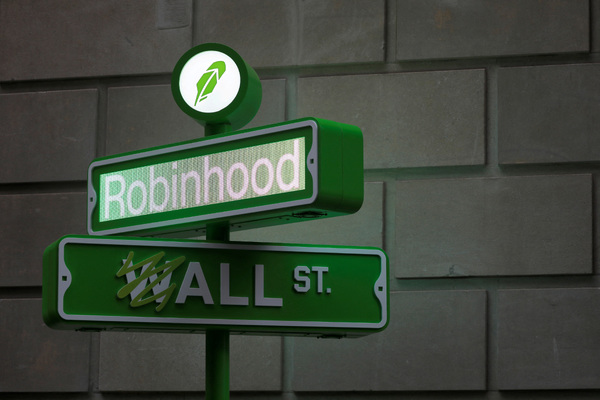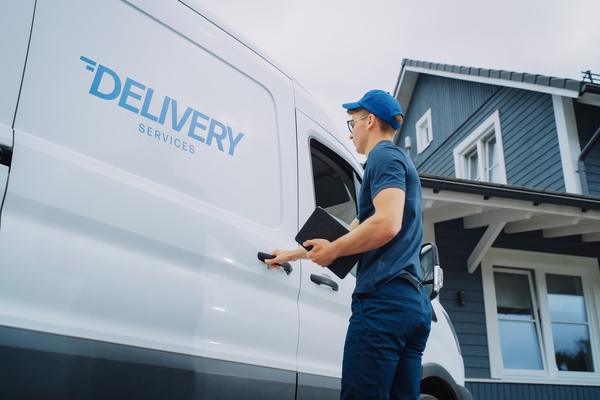Retail’s quiet technology revolution

Stuart Templeton at Slack explains how a technology revolution in the back office will drive the retail sector’s resilience
Businesses across the UK face a challenging landscape today, and retailers are no exception. While there was a slight surprise jump in retail sales in April, fuelled in part by people readying themselves for weddings and buying summer clothes, over the past three months prior sales fell by 0.3%.
And globally, macroeconomic trends suggest a turbulent period lies ahead. Growth forecasts have been cut, while inflation and cost of living pressures are squeezing consumers, with the inevitable knock-on effects to retailers, the world over.
Yet retail remains an essential, vibrant sector at the heart of our economies. It’s also where we’re seeing some of the most exciting innovations in tech—from “just walk out” technology to rapid drone deliveries.
However, while those tech advances get the headlines, retail is also transforming behind the scenes.
And it’s in these subtle, but no less revolutionary, transformations to retail that the sector will find the resilience and agility needed to come out of this challenging time, stronger than ever before.
Making processes frictionless
When times are tough, it’s more important than ever to work smart. Every retailer should be looking to boost efficiency and flexibility so they’re ready to ride out any bumps in the road.
That can be easier said than done. From navigating international supply chains with multiple partners, to keeping dispersed global teams connected across hundreds of different locations including shop floors, offices, homes and more, there are few sectors that have the same complexity of processes as those in retail. For retailers, streamlining those processes and making them more adaptable should be a key priority.
One of the best ways of doing this is by reducing friction between internal teams, as well as between your organisation and external partners. Breaking down communication and collaboration silos, whether it’s between your sales and marketing departments, or a supplier and your procurement team, helps everyone move faster.
That’s why many retailers are moving away from a reliance on tools like email, which slow them down, and towards channel-based messaging.
Channels are a way to organise conversations for every topic, project, initiative, and more, making it easier to collaborate within an organisation or even with external partners and vendors. Meanwhile, integrations or custom-made bots that automate tasks (for example, a stock-checking bot) can be plugged straight into the channel.
In short, they’re a great way of connecting multiple teams and the tools they use, without having to deal with unwieldy mass-emails or endless 30-minute video calls to keep things moving.
John Lewis & Partners is just one example of a large retailer unlocking the strengths of channel-based messaging. The business has embraced the flexibility that channels provide their team to connect on the go, and the engineering team even uses emoji to manage workflows faster: for example, they use a tick emoji in the channel to demonstrate a question has been resolved, rather than having to rely on an email exchange.
The digital HQ underpins customer experience
While the technology we’ve looked at here is mostly behind-the-scenes, that doesn’t mean it doesn’t serve every retailer’s evergreen goal: creating a great experience for customers. In fact, today, channel based messaging is the backbone of the digital HQ—which is not just a nice-to-have for retailers, it’s a must for delighting those they serve.
Making the customer journey cohesive, whether customers are in store, connecting with a support team, or shopping online, is key. The digital HQ helps build that joined-up experience by connecting everyone in the business, regardless of location, borders, and time-zones, while also enabling a smoother experience for customers interacting with those teams.
Whether it’s instantly being able to share a stock update, securely passing on customer information to another support team when a complaint is raised via social media, or engineers responding to an urgent tech issue, having a single digital HQ means the entire retail operation can be more responsive to customer needs.
With the digital HQ, retailers can offer a cohesive experience however and wherever a customer is engaging with the business. That means there’s less risk of complaints or frustrations due to miscommunication, and faster resolutions when issues do arise.
Building retail’s resilience
Retailers, along with the broader economy, face a tough few months ahead. Doubling down on efficiency, flexibility, and the digital HQ that underpins it is one way to batten-down the hatches and prepare to ride out the storm.
Yet preparation doesn’t mean accepting trade-offs. With the right technology, retailers can build resilience through improvement. By streamlining processes and empowering everyone to work together with greater agility, even when the context is challenging, individuals, teams, and businesses can still succeed.
Stuart Templeton is Head of UK at Slack
Main image courtesy of iStockPhoto.com

Business Reporter Team
Most Viewed
23-29 Hendon Lane, London, N3 1RT
23-29 Hendon Lane, London, N3 1RT
020 8349 4363
© 2024, Lyonsdown Limited. Business Reporter® is a registered trademark of Lyonsdown Ltd. VAT registration number: 830519543





